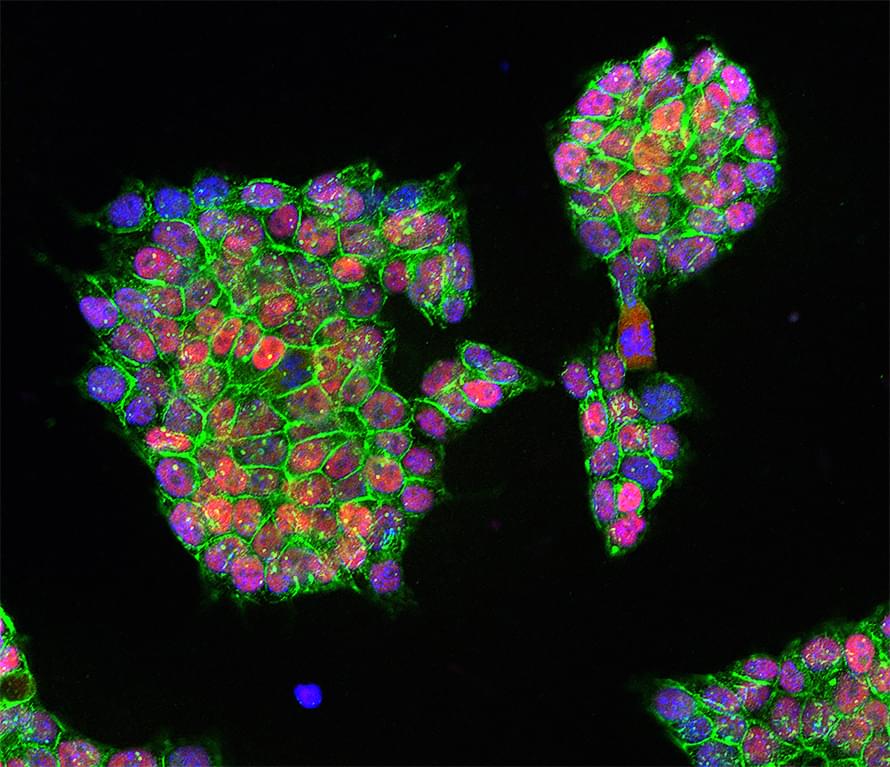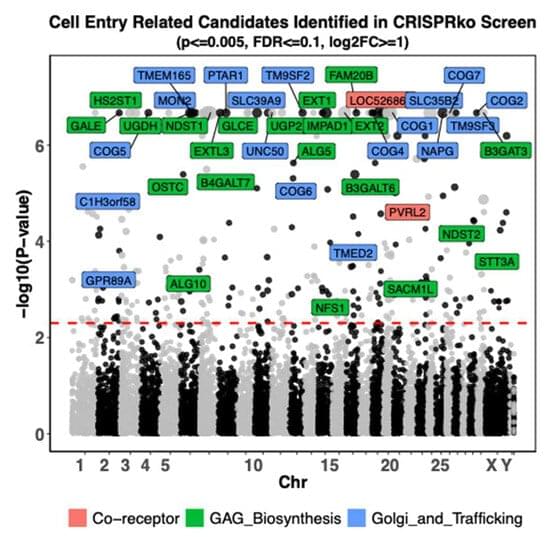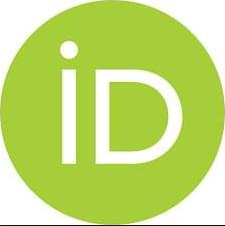Induced pluripotent stem cells are paving the way for personalized treatments to diabetes, vision loss and more. However, scientists still face hurdles such as strict regulations, scalability, cell longevity and immune rejection.



Here we report on low temperature transport measurements of encapsulated bilayer graphene nano constrictions fabricated employing electrode-free AFM-based local anodic oxidation (LAO) nanolithography. This technique allows for the creation of constrictions as narrow as 20 nm. While larger constrictions exhibit an enhanced energy gap, single quantum dot (QD) formation is observed within smaller constrictions with addition energies exceeding 100 meV, which surpass previous experiments on patterned QDs. These results suggest that transport through these narrow constrictions is governed by edge disorder combined with quantum confinement effects. Our findings introduce electrode-free AFM-LAO lithography as an easy and flexible method for creating nanostructures with tunable electronic properties without relying on patterning techniques such as e-beam lithography. The excellent control and reproducibility provided by this technique opens exciting opportunities for carbon-based quantum electronics and spintronics.
Citation.
Physical Review B

To identify host factors that affect Bovine Herpes Virus Type 1 (BoHV-1) infection we previously applied a genome wide CRISPR knockout screen targeting all bovine protein coding genes. By doing so we compiled a list of both pro-viral and anti-viral proteins involved in BoHV-1 replication. Here we provide further analysis of those that are potentially involved in viral entry into the host cell. We first generated single cell knockout clones deficient in some of the candidate genes for validation. We provide evidence that Polio Virus Receptor-related protein (PVRL2) serves as a receptor for BoHV-1, mediating more efficient entry than the previously identified Polio Virus Receptor (PVR). By knocking out two enzymes that catalyze HSPG chain elongation, HST2ST1 and GLCE, we further demonstrate the significance of HSPG in BoHV-1 entry. Another intriguing cluster of candidate genes, COG1, COG2 and COG4-7 encode six subunits of the Conserved Oligomeric Golgi (COG) complex. MDBK cells lacking COG6 produced fewer but bigger plaques compared to control cells, suggesting more efficient release of newly produced virions from these COG6 knockout cells, due to impaired HSPG biosynthesis. We further observed that viruses produced by the COG6 knockout cells consist of protein(s) with reduced N-glycosylation, potentially explaining their lower infectivity. To facilitate candidate validation, we also detailed a one-step multiplex CRISPR interference (CRISPRi) system, an orthogonal method to KO that enables quick and simultaneous deployment of three CRISPRs for efficient gene inactivation. Using CRISPR3i, we verified eight candidates that have been implicated in the synthesis of surface heparan sulfate proteoglycans (HSPGs). In summary, our experiments confirmed the two receptors PVR and PVRL2 for BoHV-1 entry into the host cell and other factors that affect this process, likely through the direct or indirect roles they play during HSPG synthesis and glycosylation of viral proteins.
Type One Energy just published a study outlining the first practical fusion power plant.



Learn more about the science videos you’ve been watching with Brilliant! First 30 days are free and 20% off the annual premium subscription when you use our link ➜ https://brilliant.org/sabine.
Correction: When I say that there are 2/3 of galaxies that spin one direction and 1/3 the other, that should have been 3/5 one way and 2/5 the other. Or, to put it into percentages, it’s 60% vs 40% (not 67% vs 33%). Sorry about that uneasy
A new study has found that the universe might be spinning. What does that even mean? Let’s have a look.
Paper: https://academic.oup.com/mnras/articl… video comes with a quiz which you can take here: https://quizwithit.com/start_thequiz/.… 🤓 Check out my new quiz app ➜ http://quizwithit.com/ 💌 Support me on Donorbox ➜ https://donorbox.org/swtg 📝 Transcripts and written news on Substack ➜ https://sciencewtg.substack.com/ 👉 Transcript with links to references on Patreon ➜ / sabine 📩 Free weekly science newsletter ➜ https://sabinehossenfelder.com/newsle… 👂 Audio only podcast ➜ https://open.spotify.com/show/0MkNfXl… 🔗 Join this channel to get access to perks ➜
/ @sabinehossenfelder 🖼️ On instagram ➜
/ sciencewtg #science #sciencenews #physics #astronomy.
This video comes with a quiz which you can take here: https://quizwithit.com/start_thequiz/.…
🤓 Check out my new quiz app ➜ http://quizwithit.com/

Adeno-associated virus (AAV) has emerged as a leading platform for gene therapy, enabling the delivery of therapeutic DNA to target cells. However, the potential of AAV to deliver protein payloads has been unexplored. In this study, we engineered a protein carrier AAV (pcAAV) to package and deliver proteins by inserting binding domains on the interior capsid surface. These binding domains mediate the packaging of specific target proteins through interaction with cognate peptides or protein tags during the capsid assembly process. We demonstrate the packaging of multiple proteins, including green fluorescent protein, Streptococcus pyogenes Cas9, Cre recombinase, and the engineered peroxidase APEX2. Packaging efficiency is modulated by the binding domain insertion site, the viral protein isoform containing the binding domain, and the subcellular localization of the target protein. We show that pcAAV can enter cells and deliver the protein payload and that enzymes retain their activity after packaging. Importantly, this protein packaging capability can be translated to multiple AAV serotypes. Our work establishes AAV as a protein delivery vehicle, significantly expanding the utility of this viral vector for biomedical applications.
